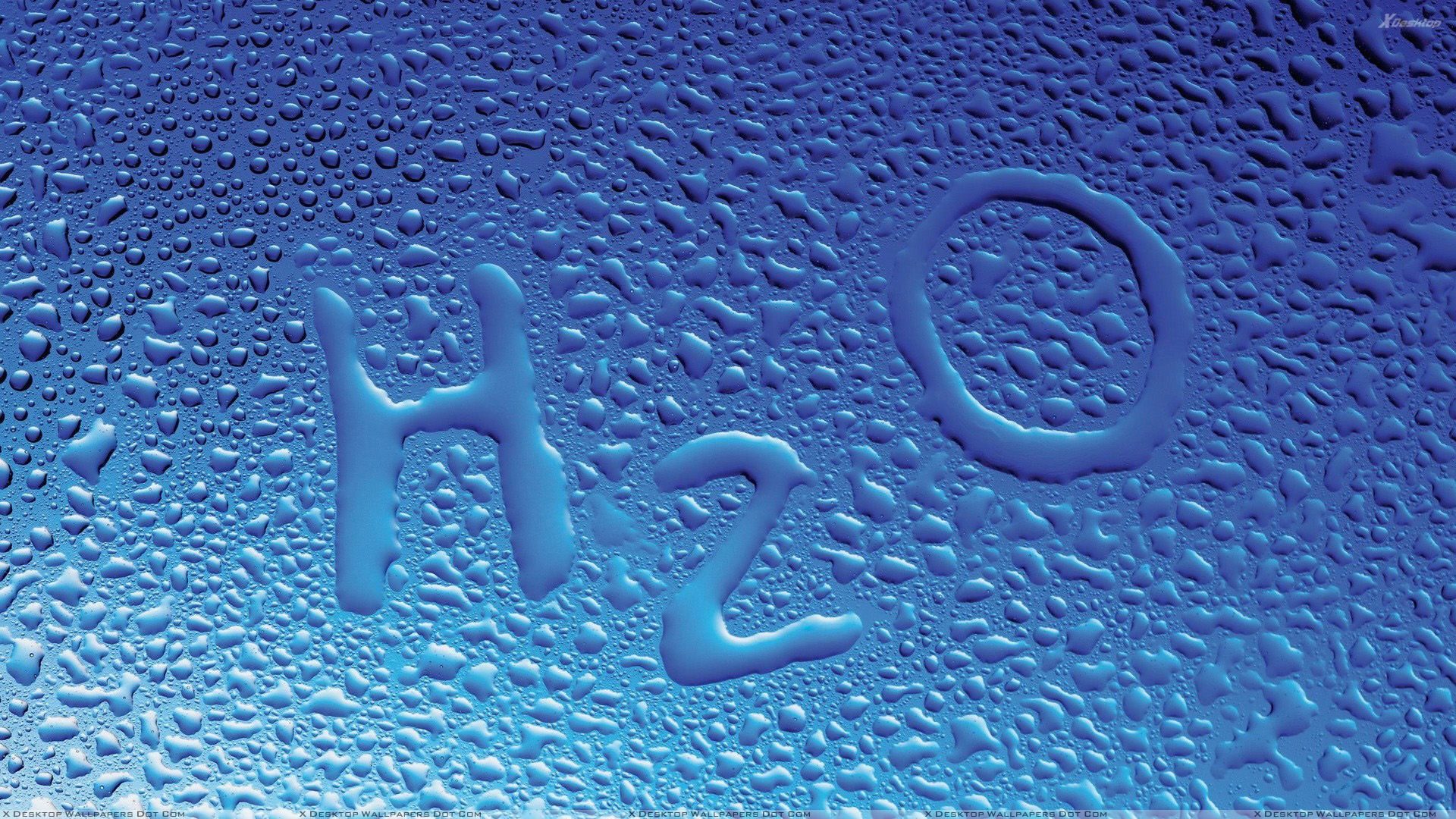
As moisture can damage a wooden floor, you need a solution to prevent it from penetrating into the floor. You will spare yourself time and money necessary to lay new flooring. Therefore, before laying solid wood or engineered wood flooring, remember to check if you should use a damp proof membrane.
What is a damp proof membrane (DPM)?
It is a type of moisture control that can be applied both to walls and floors, which resists the passage of water with no hydro-static pressure. It creates a sort of an effective barrier between a concrete or screed subfloor and a wood floor. The purpose is to prevent moisture from getting from one to the other. If you’re struggling with damp issues or would like to avoid moisture problems in the future, don’t forget about installing DPM.

Measuring Moisture Content
In order to check if your new wood flooring project requires a damp proof membrane (DPM), you need to measure moisture content of the sub floor, prior to fitting a wood floor on a concrete or screed subfloor. There are various DIY tests available on the market, which you can use to check the moisture content of the subfloor, such as the plastic film test or the calcium chloride test.
But, you will achieve most accurate results with the use of a certified, hand-held moisture meter. However, if you choose to measure it on your own, ensure that the meter you’ve picked has been tested and that the readings are accurate, or else the results you’ll get may be useless.
If you’ve hired professionals to install your floor, the wood flooring installer will take care of measuring the moisture content of your subfloor for you. But, even when it comes to professional fitters, don’t just assume that they will test it, ensure they will actually do it.
Moisture content guidlines
There are various acceptable moisture content guidelines, but generally if the moisture content of your subfloor is higher than the recommended level indicated by the manufacturer of the given floor, you definitely should use a damp proof membrane.
This is the only way in which you can ensure that you prevent moisture passage and damp issues. However, even if the moisture content is below the manufacturer’s guidelines, think about getting a damp proof membrane (DPM), as this will help you prevent possible damp problems in the future. As we often stress – Prevention is better than cure.
| Mon-Fri | 8:00AM – 5:00PM |
| Saturday | 10:00AM – 4:00PM |
| Sunday | 11:00AM – 3:00PM |





.svg)
.svg)